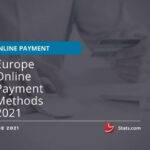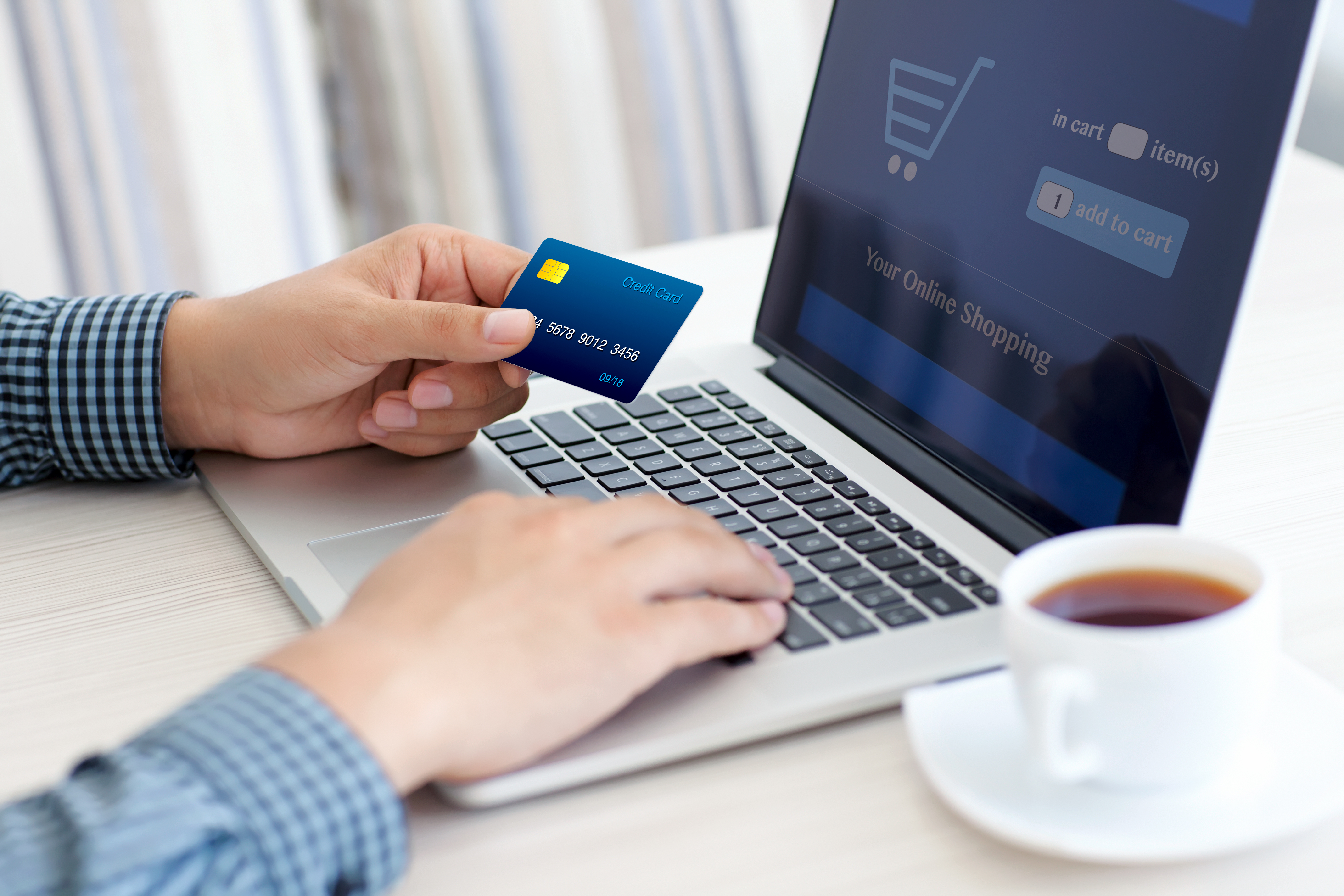COVID-19 Impact on Europe Online Payment Methods 2021
The trend for online payments had already existed for quite a long time but with the onset of the COVID-19 pandemic it accelerated even further. In Europe, generally, consumers still tend to choose traditional payment methods such as credit and debit cards, but they also started shifting payments into their mobile phones, rapidly increasing the value of mobile transactions amid the health crisis. With that, E-Wallets, such as PayPal, are among the top means of payment for E-Commerce purchases. In some European markets, including Germany and Italy, this method ranked even higher than cards, and it came right after in a few others such as the UK, France, Spain, and Belgium.
Additionally, there were also some other online payment methods that gained special attention during the crisis: Buy Now Pay Later and cryptocurrency. In 2020, on average, one-fifth of merchants in select European countries offered the BNPL option, with “growth mindset” businesses even more likely to do so. Moreover, on a country-level, almost half of German consumers who were aware of the existence of this payment method in 2020, had already used it, and around one-third were planning to use it in the next 12 months. Regarding the cryptocurrency usage for payments, this is also developing but much slower than BNPL, for example, but seems to have growth potential.
The three main considerations of Europe’s digital buyers when choosing a method to pay an E-Commerce merchant are security, simplicity, and speed of payment, according to surveys referenced in the yStats.com report. To shoppers in Germany and Spain, security has a clear lead over convenience, while for digital buyers in the UK ease of use and convenience were the top two requirements.




